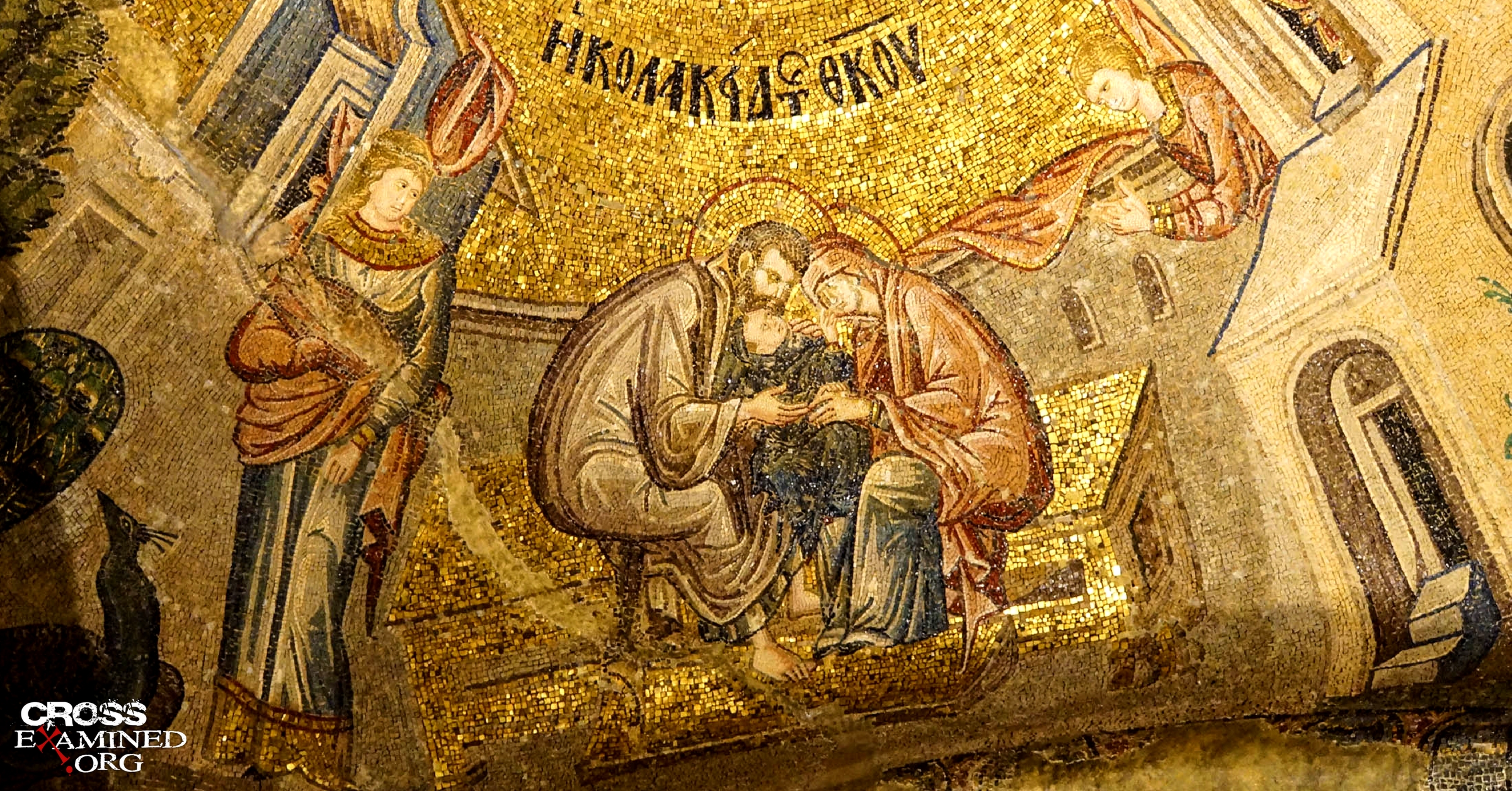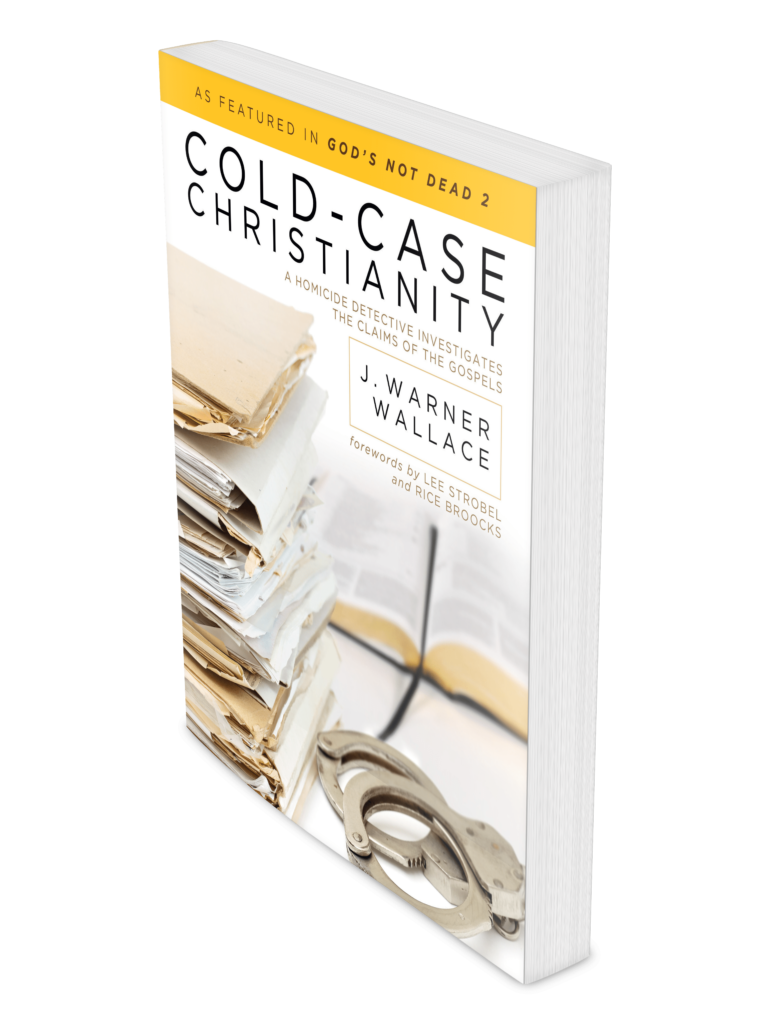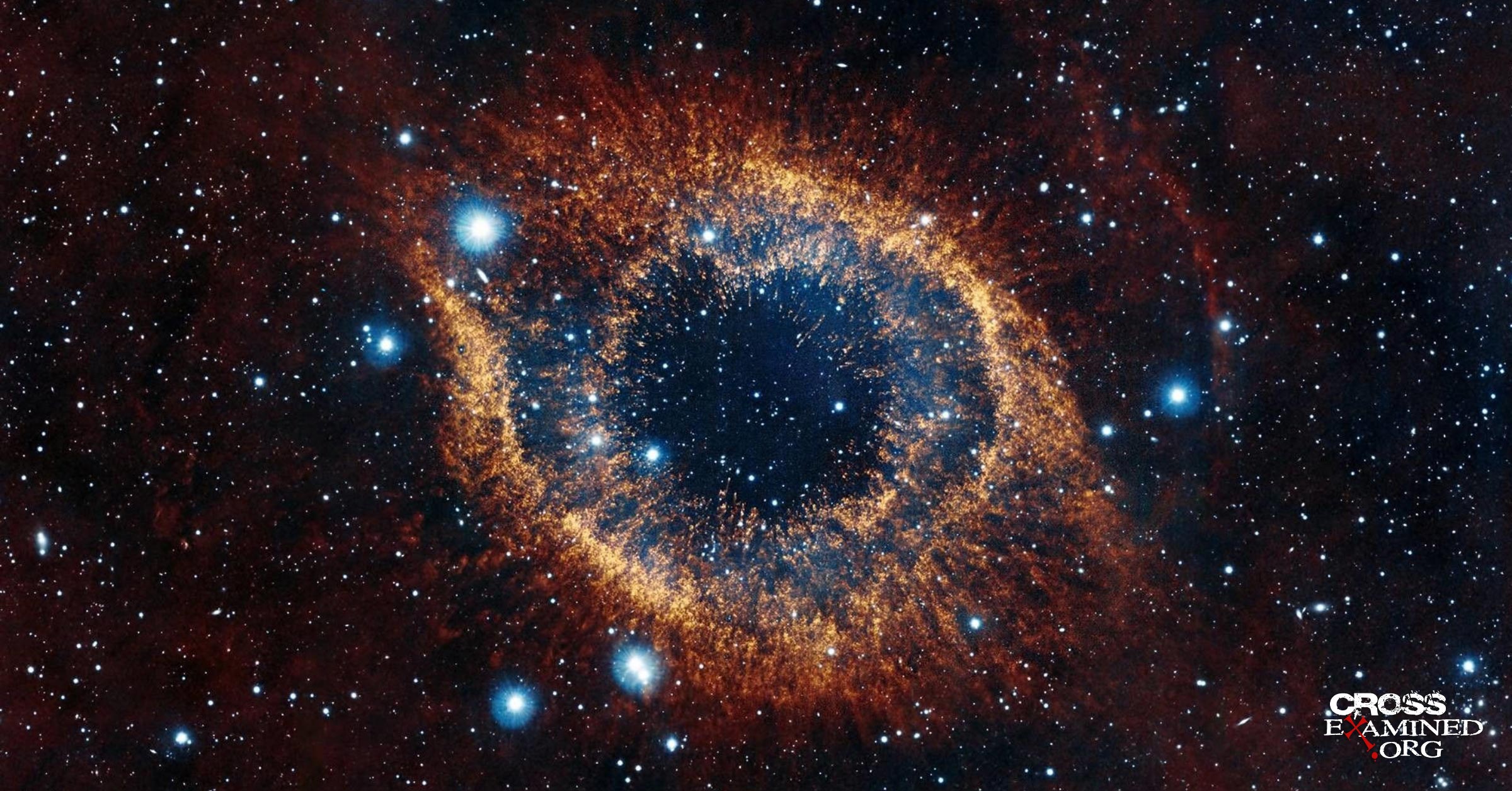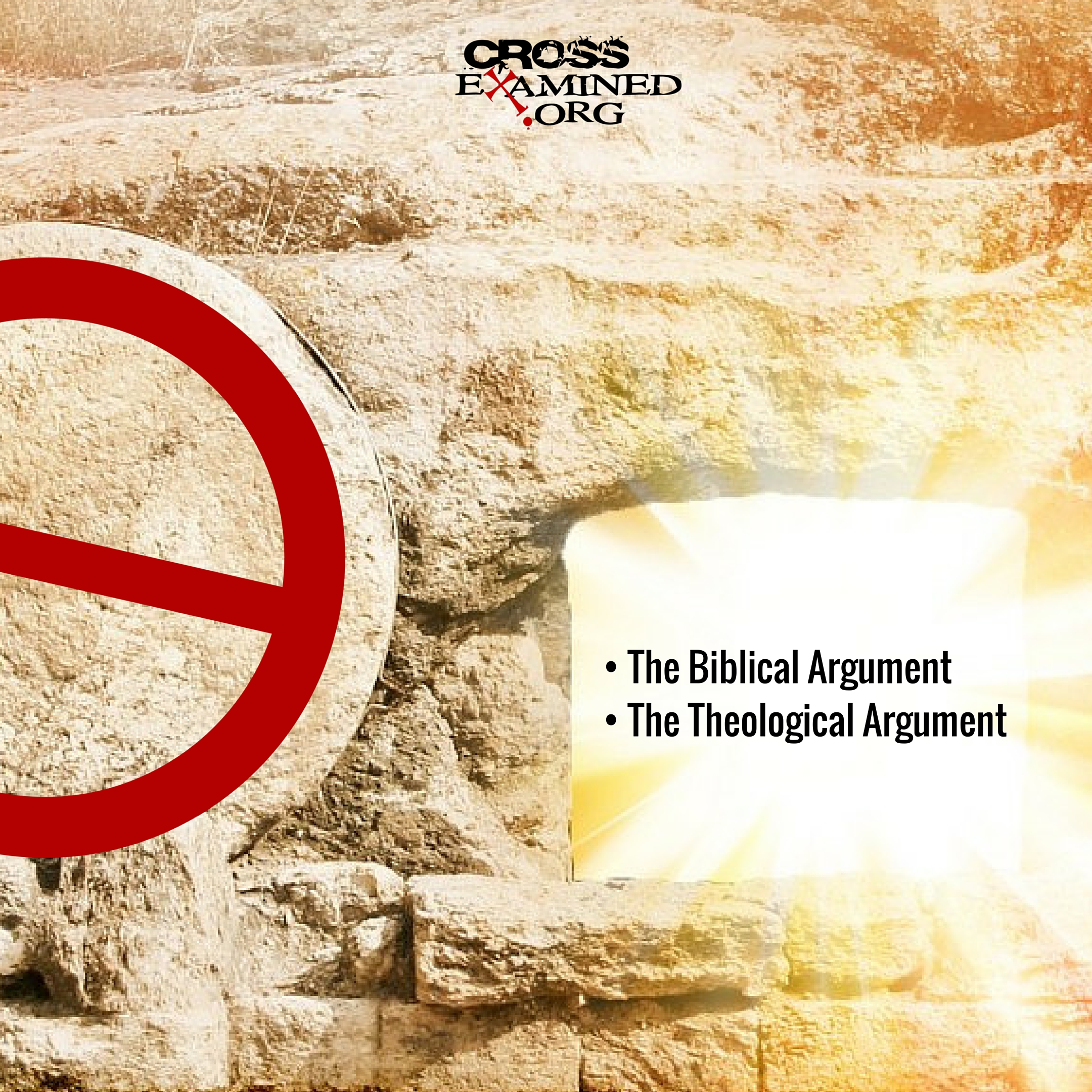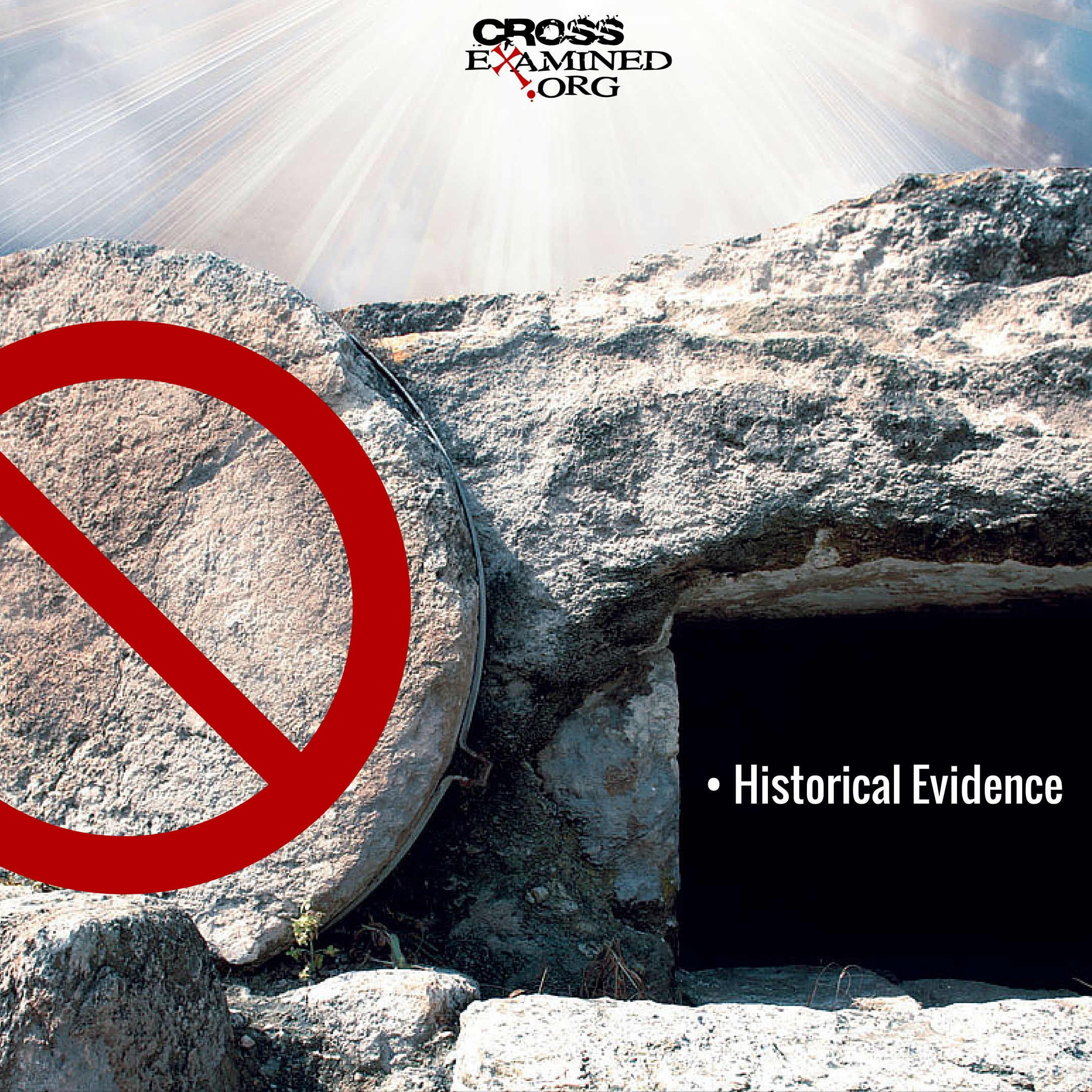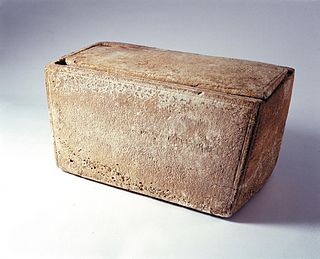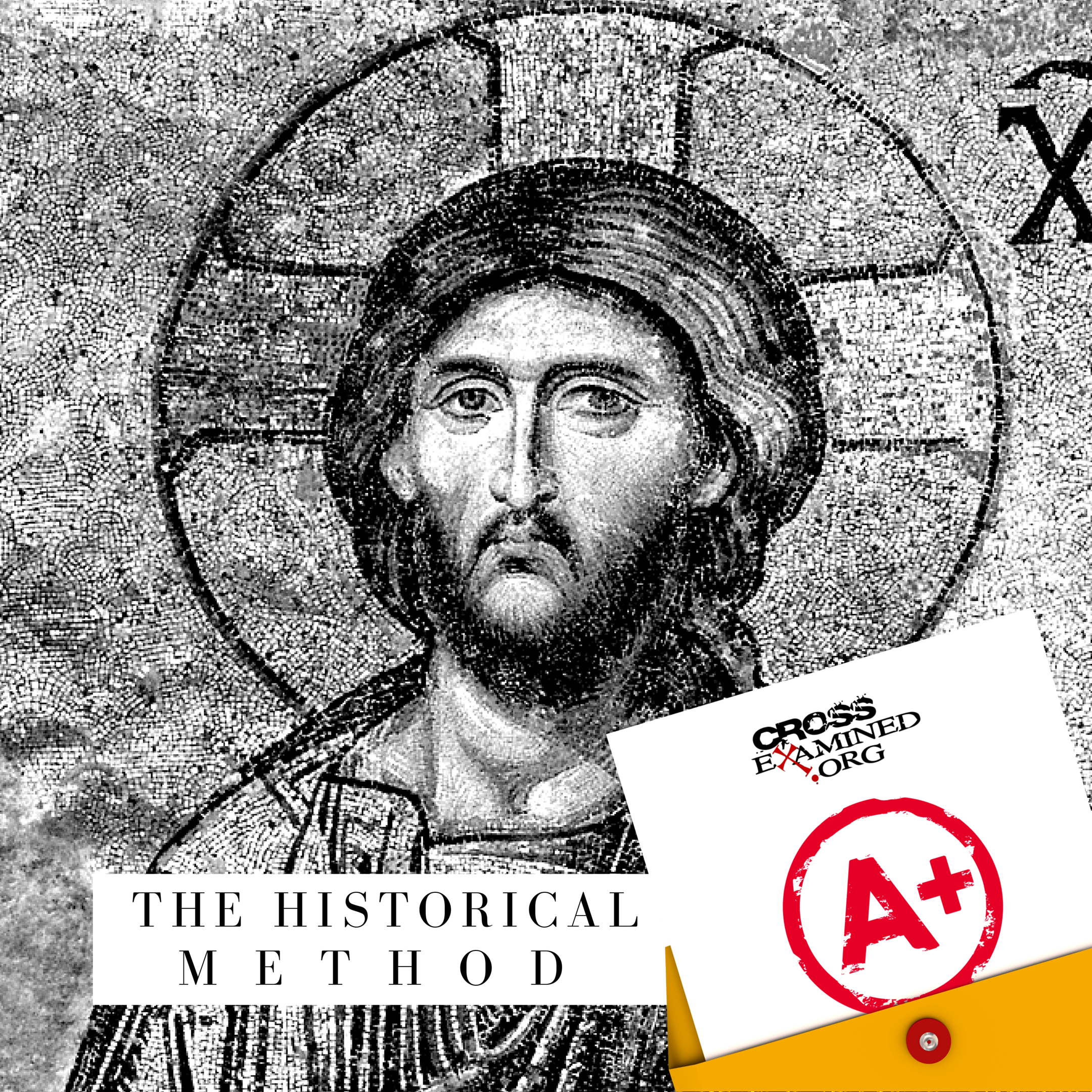Recently, we celebrated my wife’s birthday. As we reach a certain age, we remember the date, but the year begins to become foggy (intentionally, of course). When one celebrates a person’s birthday, the person’s life is being celebrated. The birthday celebration acknowledges the importance of a person’s existence. A person’s birth represents the person’s beginning of existence (also included are the nine months prior in the womb as this writer believes that life begins at conception). So, when we celebrate my wife’s birth, we celebrate her existence and the blessings we have in knowing her.
As Christmas approaches, many ask questions concerning the origin and the date of the celebration. Christmas is supposed to represent the birth of Jesus Christ. Did the celebration of Christmas have pagan origins? Do we even celebrate the correct day when celebrating the birthday of Jesus? These questions are intriguing. There does seem to be some pagan influences in the Christmas celebration. It may be that Jesus was born in the spring. However, there are ancient traditions that place the wise men’s visit of the Messiah around December 25th to January 6th (see article “Is Christmas Celebrated on the Correct Day?”). This does not necessarily designate the period of time as the birthdate of Jesus as this occurred two years after the fact.
In the end, it really doesn’t matter. It doesn’t matter because the birthday of Jesus does not mark the beginning of Jesus. The Bible presents some interesting information about the Messiah. The Messiah existed before He was born. This is called pre-existence. Jesus’ pre-existence is discovered in four different ways.
The Messiah’s Pre-Existence was Suggested in the Prophets
Isaiah wrote,
“For to us a child is born, to us a son is given, and the government will be on his shoulders. And he will be called Wonderful Counselor, Mighty God, Everlasting Father, Prince of Peace. Of the greatness of his government and peace there will be no end. He will reign on David’s throne and over his kingdom, establishing and upholding it with justice and righteousness from that time on and forever. The zeal of the Lord Almighty will accomplish this. The Lord has sent a message against Jacob; it will fall on Israel” (Isaiah 9:6-8).
The text of Isaiah is a popular passage of Scripture that is read in many Christmas plays. Most scholars would accept that the passage of Scripture is referring to the future Messiah. The titles represent various characteristics about the coming Messiah. Wonderful Counselor refers to the compassion and authority of the coming Messiah. Mighty God refers to the fact that the Messiah would in fact be God in the flesh. The Everlasting Father is especially intriguing. John Martin explains, “the title “Everlasting Father” is an idiom used to describe the Messiah’s relationship to time, not His relationship to the other Members of the Trinity (Martin 1985, 1053). This reference shows that the Messiah would be eternal. So does the prophecy given in Daniel’s writing.
“In my vision at night I looked, and there before me was one like a son of man, coming with the clouds of heaven. He approached the Ancient of Days and was led into his presence. He was given authority, glory and sovereign power; all nations and peoples of every language worshiped him. His dominion is an everlasting dominion that will not pass away, and his kingdom is one that will never be destroyed” (Daniel 7:13-14).
Although not as explicit as Isaiah, Daniel shows that the Son of Man (which was Jesus’ favorite designation for Himself) would have the ability to approach the Ancient of Days (God the Father). It appears that the Son of Man would have many of the characteristics of the Ancient of Days such as having authority, glory, and sovereign power…everlasting dominion.Therefore, it appears that the Messiah was in fact eternal and existed before He would be born.
The Messiah’s Pre-Existence was Proclaimed by the Apostles
One of the greatest evidences of the Messiah’s pre-existence is found in the opening paragraph of John’s gospel. John writes, “In the beginning was the Word, and the Word was with God, and the Word was God. He was with God in the beginning. Through him all things were made; without him nothing was made that has been made. In him was life, and that life was the light of all mankind. The light shines in the darkness, and the darkness has not overcome it”(John 1:1-5). The Word (or logos) represents the Messiah. The Word is designated as being different from God (the Father) but essentially the same. This has connotations of the doctrine of the Trinity of God. If the Word was in the beginning with God, then the Word must have existed before the physical birth on earth. Therefore, the Messiah existed before He was born.
The Messiah’s Pre-Existence was Referenced in History
In the history of the nation of Israel, especially in the book of Genesis, there are occasions where a theophany occurred. A theophany is a visible manifestation of God. Some of these theophanies occurred as christophanies. A christophany is a pre-existent visible manifestation of Christ. Many of these occurrences took place by the mystical appearance of the angel of the Lord. This is contrasted against an appearance of an angel. The angel has certain characteristics that are linked with God Himself. Some of these appearances include an appearance to Hagar. “The angel of the Lord found Hagar near a spring in the desert; it was the spring that is beside the road to Shur. And he said, “Hagar, slave of Sarai, where have you come from, and where are you going?” (Genesis 16:7-8). In verse 13, Hagar said, “She gave this name to the Lord who spoke to her: “You are the God who sees me,” for she said, “I have now seen the One who sees me”(Genesis 16:13).
There also is the occurrence with Abraham when the Lord appeared with two angels before destroying Sodom and Gomorrah. “When the men got up to leave, they looked down toward Sodom, and Abraham walked along with them to see them on their way. Then the Lord said, “Shall I hide from Abraham what I am about to do?” (Genesis 18:16-17). Notice that one of the men was referenced as the LORD. This was a physical manifestation of God. It would appear that since the Messiah is the physical manifestation of God that this would have been a pre-incarnate Jesus.
Also, there is the occasion where Jacob wrestled with the angel all night. After the bout was over, the following was written, “So Jacob called the place Peniel, saying, “It is because I saw God face to face, and yet my life was spared” (Genesis 32:30). Note that Jacob realized that He had wrestled with God Himself and was freed. This angel must have been an incarnation of God for this to hold true. Therefore, it would seem that it was the pre-incarnate Christ with whom Jacob wrestled. These instances would seem to indicate that the Messiah existed before He was born.
The Messiah’s Pre-Existence was Preached by the Messiah
The Savior Himself would indicate His pre-existence. When addressing His identity, Jesus said the following:
“Your father Abraham rejoiced at the thought of seeing my day; he saw it and was glad.” “You are not yet fifty years old,” they said to him, “and you have seen Abraham!” “Very truly I tell you,” Jesus answered, “before Abraham was born, I am!” At this, they picked up stones to stone him, but Jesus hid himself, slipping away from the temple grounds”(John 8:56-59).
There are many dimensions in the previous passage. For one, Jesus noted that He had seen Abraham to which the religious leaders thought to have been a vision. They did not believe that one could have a vision unless they were around 50 years of age or older. Jesus indicated that He existed before Abraham. In addition, Jesus used the phrase I am. The statement was rooted in the personal name of God. The name YHWH is defined as “I AM WHAT I AM.” So Jesus also identified Himself with God. This is why the leaders wanted to stone Jesus.
Conclusion
Why does the pre-existence of Christ matter? It matters for two reasons. One, it matters because a proper understanding of the person of Jesus is essential in knowing Him and the mission for which He was sent. Also, it matters to obtain a proper perspective on Christmas. It matters not whether Jesus was actually born on December 25th, April 17th, or any other date on the calendar. The early Christians focused more on the end events than the beginning events of Jesus. It is because of this that scholars have narrowed down the dates of Jesus’ crucifixion to Friday, April 7th, 30AD or Friday, April 3rd, 33AD with the resurrection occurring on either Sunday, April 9th, 30AD or Sunday April 5th, 33AD. The early Christians did not focus on the birthdate because they realized that Jesus’ birth was not the origin of the Messiah. Jesus had existed far before He was born. However, it is still important for all Christians to set aside a time to celebrate the incarnation of Christ…the time when God became flesh. This is why Christmas is celebrated. Do not lose the true meaning of Christmas this Christmas season.
Remembering that Jesus is the reason for the season,
Pastor Brian
Resources for Greater Impact
Cold-Case Christianity (Paperback)
Bibliography
All Scripture, unless otherwise noted, comes from The New International Version. Grand Rapids, MI: Zondervan, 2011.
Martin, John A. “Isaiah.” In The Bible Knowledge Commentary: An Exposition of the Scriptures. Edited by J. F. Walvoord and R. B. Zuck, vol. 1. Wheaton, IL: Victor Books, 1985.

